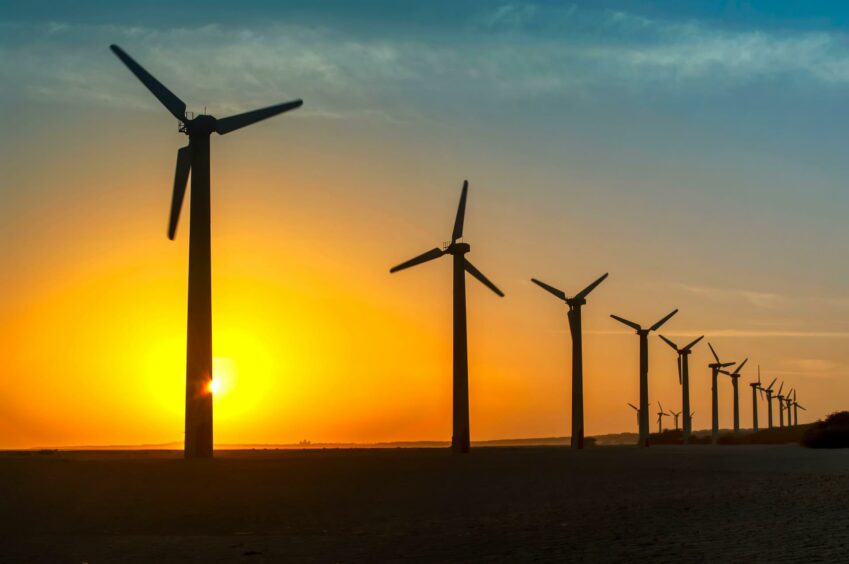
The coal plus renewables energy transition led by Asia Pacific’s largest growth markets – China and India – is gathering speed. Significantly, it is a lot cheaper than the natural gas plus renewables path followed by the EU and US to lower emissions.
Delegates at the Wood Mackenzie Power and Renewables Conference APAC heard on Tuesday that the research firm sees coal-fired power playing a major role in Asia’s energy transition towards renewable energy, particularly in China and India. “This could be the big trend in coming years,” said Alex Whitworth, head of Asia Pacific power and renewables research at the firm.
In Asia Pacific (APAC), 85% of fossil fuel power generation is supplied by coal, despite a move towards gas over the last five years. However, the extremely high cost of natural gas compared to coal and renewable energy, which are relatively cheaper, makes it challenging for the cleaner burning fossil fuel to compete.
Crucially, both China and India are still approving more coal-fired power than gas-fueled power plants. Over the next five years, twice as many coal-fired power projects will be approved compared to gas-based power plants, noted Whitworth.
Coal and gas will make up 30% of capacity additions in the next five years regionally, and if demand growth remains strong, they will supply about half of incremental power supply.
Although Asia Pacific remains heavily dependent on fossil fuels, it is also the world’s biggest market for renewable energy investment. Wind and solar make up 11% of power demand in the region and this is expected to rise to 50% by 2050, according to Wood Mackenzie, as power consumption will continue to surge.
Significantly, Asia Pacific makes up half of global power demand. The region is expected to add power demand equivalent to the European Union (EU) every five years.
Expansion in power demand in Asia is likely to be more than 5% this year while Europe’s growth is expected to shrink by 5%, reports Wood Mackenzie.
Moreover, Asia Pacific is the fastest expanding market globally for power as economies boom and the middle class grows. Indeed, many countries are struggling to keep up with power consumption needs meaning huge investment are needed.
Huge Investments in Asia Pacific Power
Asia Pacific will attract US$2.9 trillion of investment in power generation in the next decade, increasing 21% from a year ago, data from Wood Mackenzie showed. Wind and solar investment will hit US$1.8 trillion or 60% of the total.
The bulk (63%) of this investment will be deployed in China, followed by Japan (10%), India (8%), and South Korea (4%).
Solar will attract 28% of the investment, while wind gets 32%, followed by nuclear on 12%, hydro at 9%, coal with 8%, natural gas on 7%, and battery storage 2%, predicts Wood Mackenzie.
Offshore wind remains the biggest growth market in the region, particularly in China, Japan, and South Korea, where it is fiercely competitive with natural gas on price, said Whitworth.
“Offshore wind is a US$400 billion market in Asia, including opportunities in Japan, to offset expensive gas-fired power,” noted Whitworth.
Many regional markets are looking to offset high global gas prices, triggered by years of under investment and the supply squeeze triggered by the Russia-Ukraine conflict. Indeed, many consumers are defecting to distributed solar, which also helps avoid challenges integrating new power into the grid, he added. Notably, energy storage investment is lagging the build out of renewable energy, which has put pressure on the grid in many countries. “Battery deployments are growing, but still only a fraction of what is needed due to weak incentives,” said Whitworth.
Nuclear Power Renaissance
Nuclear power is also expected to experience a renaissance given its stable and competitive cost compared to natural gas, renewable energy and coal, which are all relatively more expensive, said Whitworth.
The attraction of nuclear is that it is low carbon, clean and has a stable cost basis, he added.
China, Pakistan, Bangladesh, India, and the Philippines are all considering building more nuclear power plants. Japan, Taiwan, and South Korea are considering restarting shuttered nuclear reactors, with Japan taking the lead having recently announced more restarts.
Nuclear makes up 5% of power demand in Asia Pacific now and is forecast to hit 8% by 2030, but there is significant upside risk to Wood Mackenzie’s current projection as more reactors could be built.
Rising Costs as Global Energy Crisis Bites
Power generation costs are up 66% or $650 billion this year and high coal, natural gas and power prices will be sustained till 2026 or later with limited supply response on the horizon, reckons Wood Mackenzie.
Still, export, manufacturing, investment, and power demand growth is strongest in markets with domestic coal resources, such as China, India, Philippines, and Indonesia, continuing the trend of the past decade.
As factories and supply chains breakdown in Europe, due to high energy costs, some of that power demand is shifting to Asia Pacific, as manufacturing moves to parts of Asia with lower power costs.
Notably, power demand growth has remained quite strong in the Philippines and Vietnam, while the Southeast Asia region has seen power consumption expand 6% in 1H 2022, said Whitworth.
Singapore and Taiwan, which rely on imported fuel, have managed to weather the higher energy costs, whereas Japan has struggled. Australia, blessed with abundant energy resources has also struggled as its fuels, particularly coal and liquefied natural gas (LNG), are linked to global markets, creating headaches for politicians and higher prices for Australian consumers, added Whitworth.
Recommended for you

